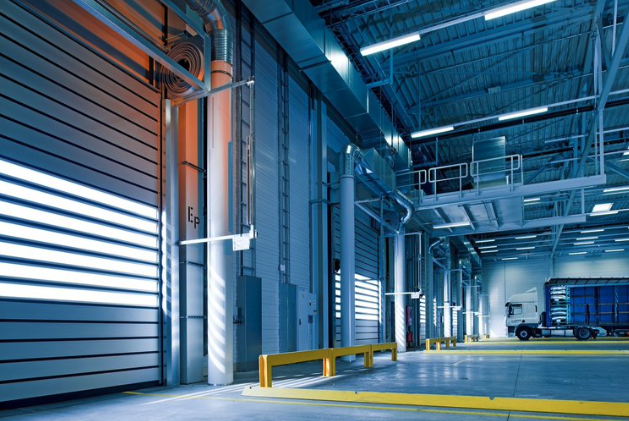Potential Financial Pitfalls Hidden in Your Lease
While finding the perfect space for your business is an exciting and important process for your company, it is also one of your biggest expenses and comes with many potential pitfalls. When negotiating and evaluating a lease, it’s important to be informed of all potential hidden costs. After all, the last thing you want to find out after making a leasing commitment is that you were not fully aware of a wide variety of potential cost variances. For many leases, one of these hidden costs that could significantly impact your budget is the repair and maintenance of your HVAC system.
With most leases, there are a handful of standard items that a Landlord will pay for when it comes to maintenance, such as the roof, fire sprinkler system, utility lines, the foundation, common areas, and exterior and structural portions of the buildings. Oftentimes, any other items will fall to the responsibility of the Tenant and can create a significant impact on operational costs.
The maintenance of the heating, ventilation, and air conditioning system, or HVAC, is often directly stated as a Tenant’s responsibility, especially within industrial and retail leases. A Tenant may be responsible for repairing or even replacing HVAC units, in addition to providing the Landlord with a quarterly inspection and maintenance report. If this is the case for your lease, it is important to establish some baseline items ahead of time.
Protecting Your Business Against Unexpected HVAC Costs
Before signing your lease, it’s important that you get an HVAC report providing you with the age and condition of all the existing units within your premises. If any of your units are 15 years or older, negotiate that the Landlord shall be responsible for replacing those units at their sole cost before your lease commencement date since this is beyond the useful life of most HVAC units. The chances of significant repairs and eventual replacement of HVAC units of this age are much higher and should not be a Tenant’s responsibility.
Another way Tenants can protect themselves is by managing the annual spending on HVAC. If the Tenant is responsible for maintenance and repair of their units, then the Tenant should negotiate a cap on the amount their business should spend annually on the repair of a specific HVAC unit. Ideally, you will want to negotiate that your business will only pay $1,500 to $2,000 each year on the repair of a specific HVAC before it becomes the Landlord’s responsibility to replace the unit. If your HVAC unit maintenance costs more than your negotiated annual cost, the Landlord will then be responsible for the replacement or repair. When the Landlord has agreed to replace the unit, it is then critical that the Landlord amortizes these costs over the useful life of the HVAC unit (typically 15-17 years) and only charges the Tenant their pro-rata share of those costs based on the Tenant’s remaining lease term.
For example, if a Tenant receives a bid for an HVAC unit repair that costs $3,000 on the seventh year of that Tenant’s 10-year term, the Landlord should pay for the replacement of the unit. The Tenant would still be charged for the replacement, but only for their three-year portion of the remaining lease term of the total 15 years of useful life of the unit.
Navigating the ins and outs of maintenance responsibilities in your lease can be tricky, but it’s important to understand the full potential of hidden costs within your agreement. Unexpected costs can put stress on any business’s budget, especially with multiple HVAC units that are nearing the end of their useful life, so it’s important to be fully informed on the risks. Our advice? Before signing any lease, be intentional about understanding the current status of your HVAC system and be aggressive about negotiating terms that protect you from unfair or unexpected costs.
We also recommend reaching out to a commercial tenant representation broker. These brokers are experts in lease negotiation and have extensive knowledge and experience with putting the Tenant’s needs first and helping them avoid the pitfalls discussed in this article as well as many others.

